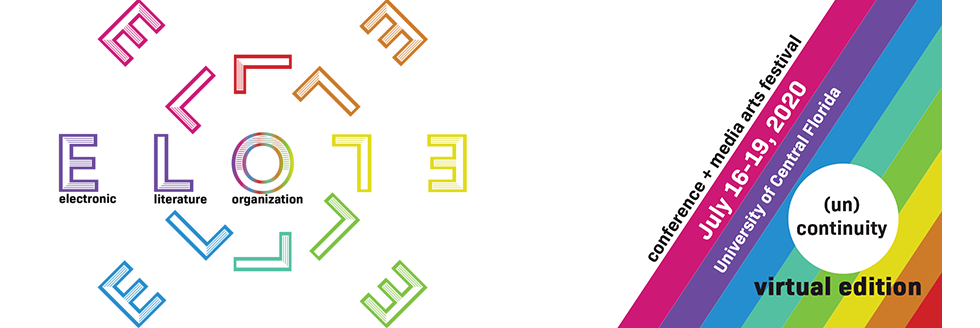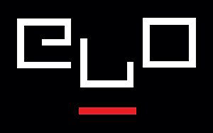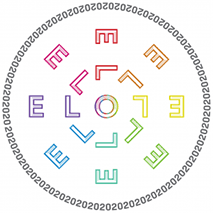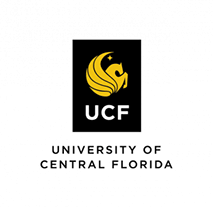Proposal Title
Loading...
Submission Type
Conference Talk - Individual
Abstract
Through the Portal, and What Michael Joyce Found There
Beyond computers, what holds "electronic literature" together? To borrow a phrase from a mythical quilt, is it more than merely a "hopscotch through historical moments" (Jackson 1995)? Has the field been faithful to its literary lineage since its inception? Or is fidelity the wrong frame entirely amid the play of "promiscuous linkage" (Moulthrop 1991)? How much of electronic literature is actually "electronic literature" by its own definition (Hayles 2007) – or any of its subsequently organic "born-digital" definitions for that matter? (Compare, for instance, Cayley’s "literal art" of "networked and programmable media" [2012] or Bell et al.’s media-specific framing of "verbal, discursive, and conceptual complexity" [2010].) Finally, how might a return to 21st century literary texts in print help us answer these questions?
After all, some print works are not only at home – formally and ideologically – amid the (un)continuity of electronic literature, they also tell us more about the identity of the field itself. In this paper, David Ciccoricco reads out from the figure of the portal, which features prominently in Joyce’s later print novels and collaborations, and suggests – against more common reception narratives – that "hypertextuality" is incidental rather than integral to the author’s poetics, serving as just another way of seeing, and of movement, in pursuit of "literal art" (Cayley 2004) across media.
Ciccoricco - paper ABSTRACT
Ciccoricco-ELO-2020.ppt (2388 kB)
Ciccoricco - paper SLIDES
Through the Portal, and What Michael Joyce Found There
Through the Portal, and What Michael Joyce Found There
Beyond computers, what holds "electronic literature" together? To borrow a phrase from a mythical quilt, is it more than merely a "hopscotch through historical moments" (Jackson 1995)? Has the field been faithful to its literary lineage since its inception? Or is fidelity the wrong frame entirely amid the play of "promiscuous linkage" (Moulthrop 1991)? How much of electronic literature is actually "electronic literature" by its own definition (Hayles 2007) – or any of its subsequently organic "born-digital" definitions for that matter? (Compare, for instance, Cayley’s "literal art" of "networked and programmable media" [2012] or Bell et al.’s media-specific framing of "verbal, discursive, and conceptual complexity" [2010].) Finally, how might a return to 21st century literary texts in print help us answer these questions?
After all, some print works are not only at home – formally and ideologically – amid the (un)continuity of electronic literature, they also tell us more about the identity of the field itself. In this paper, David Ciccoricco reads out from the figure of the portal, which features prominently in Joyce’s later print novels and collaborations, and suggests – against more common reception narratives – that "hypertextuality" is incidental rather than integral to the author’s poetics, serving as just another way of seeing, and of movement, in pursuit of "literal art" (Cayley 2004) across media.




Bio
David Ciccoricco, Associate Professor, English and Linguistics, University of Otago
David Ciccoricco’s research is focused on literary and narrative theory with an emphasis on emergent forms of digital literature, as well as digital culture and posthumanism more generally. He is the author of Reading Network Fiction (2007), a book on pre-Web and Web-based digital fiction, and Refiguring Minds in Narrative Media (2015), which is focused on cognitive approaches to narrative and literary theory in print novels, digital narratives, and story-driven videogames.